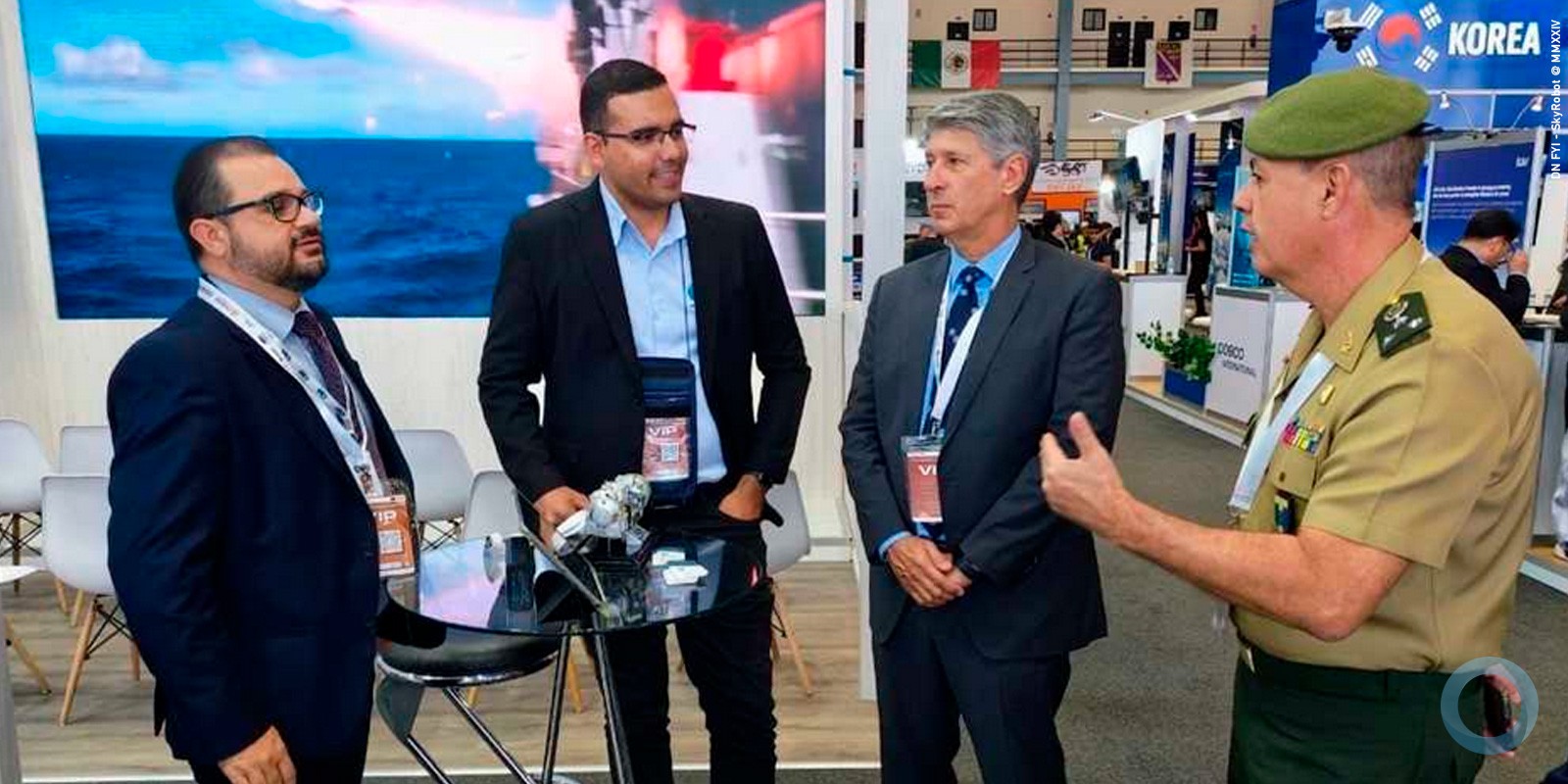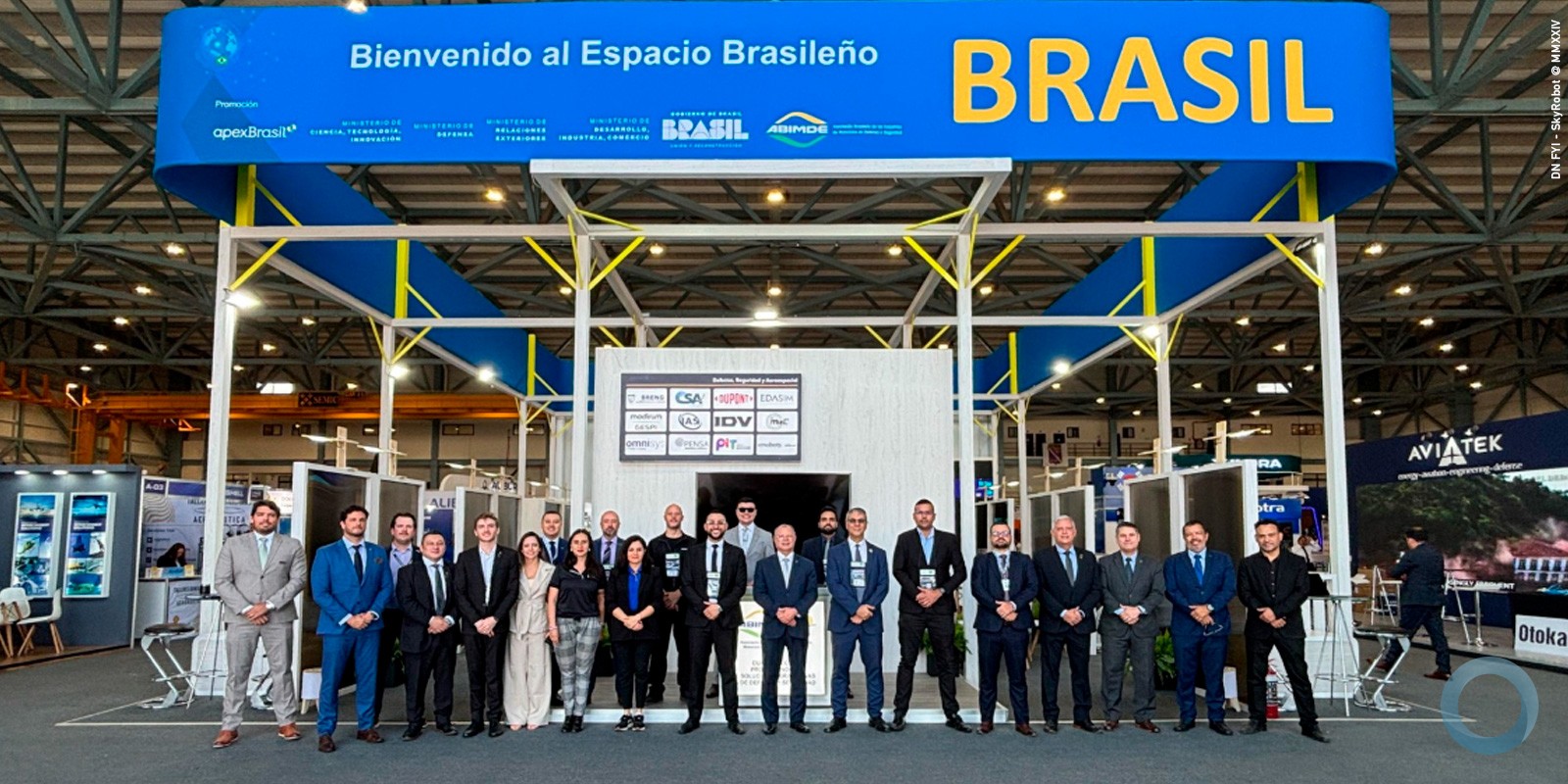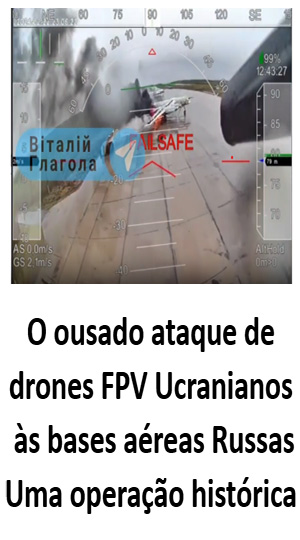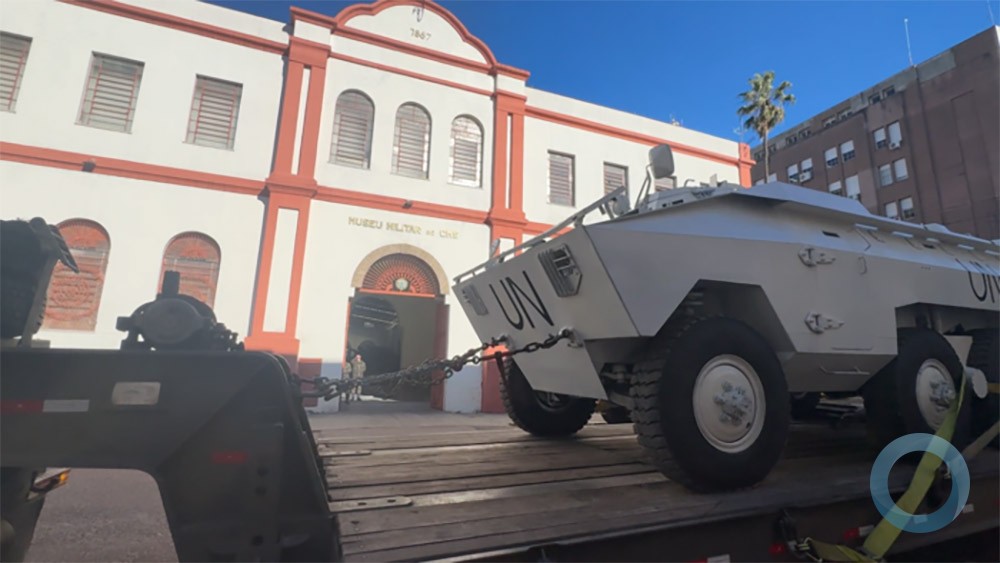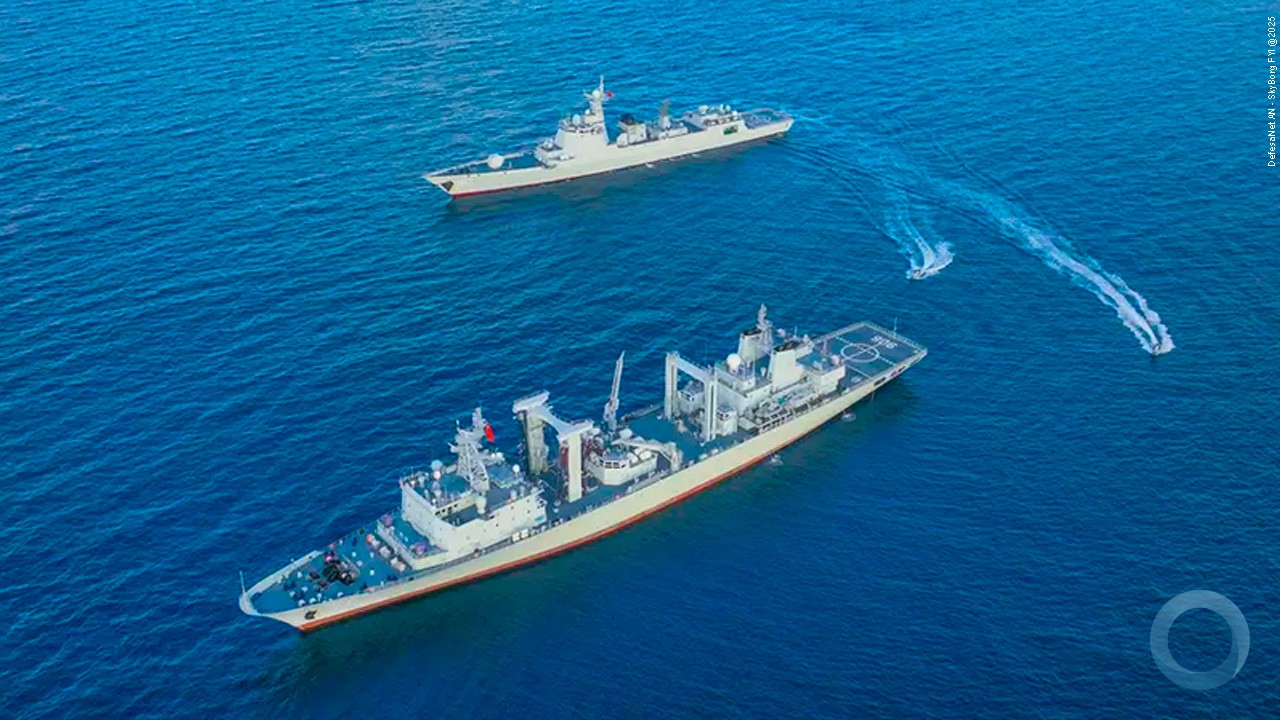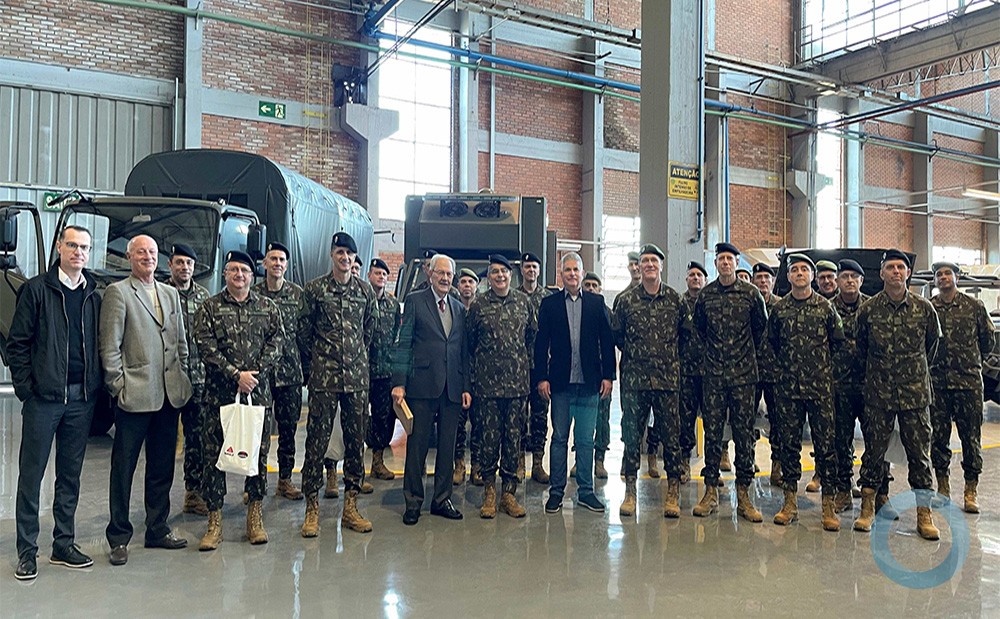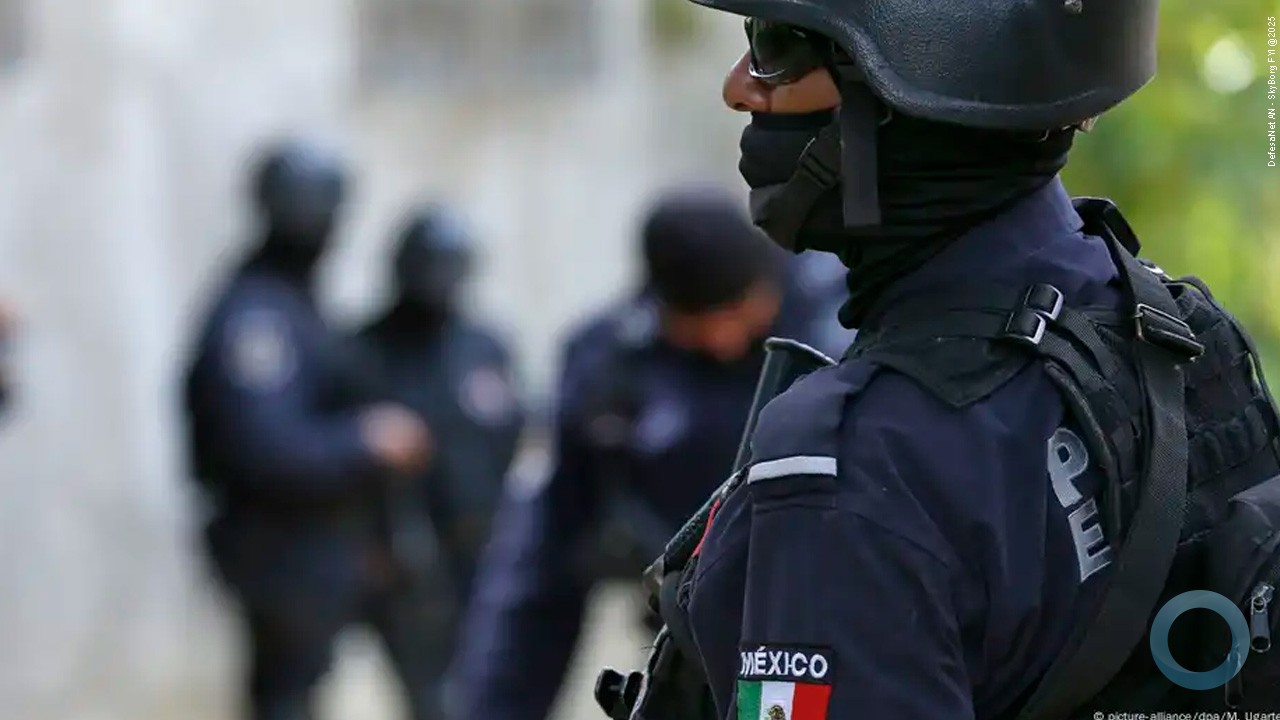Andréa Barretto
The Strategic Project Proteger [Protect] , an initiative launched by the Brazilian Army in 2012, guards the country's hydroelectricity, energy delivery networks, refineries, airports, and sea facilities, all of which are essential to the country's development and economic well-being.
The effort prioritizes the protection of 664 strategic ground structures – facilities, assets, services, and systems whose interruption or destruction would have a severe, adverse impact on the government and society.
“Structures such as these already have their own security, but if that should fail, the Army must be ready to act,” said Lieutenant General William José Soares, the initiative's project manager.
Those structures include facilities responsible for generating 56 percent of the electrical power in the country, with more than 100,000 kilometers of power lines.
“Project Proteger is also aimed at better equipping and training the Army so that it can protect society in the event of a disaster, such as a flood, a building collapse, or a drought. In such circumstances, we will act as a complement to government agencies,” Lt. Gen. Soares said.
Project brings security forces closer together
The security initiative is a cooperative effort, in which the Army is working as a team with other national security agencies, including the Federal Police and Civil Defense Forces.
Consequently, security officials created the Interagency Ground Operations Coordination System (SISCOTI, for its Portuguese acronym), which will consist of a total of 19 units individually called Interagency Ground Operations Coordination Centers (CCOTI). The primary CCOTI will be built in the capital, Brasília. The other centers will work together as Military units deployed throughout Brazil.
“The CCOTI in Brasília is going to boast a more modern command and control system, in addition to having space for teams from the agencies involved in solving a particular situation,” Lt. Gen. Soares said.
In 2015 Project Proteger plans to issue a request for proposals to businesses that want to offer solutions for implementing SISCOTI, beginning with the unit in Brasília.
“Interested businesses should submit proposals regarding the construction of the physical facilities, the necessary equipment, training personnel to use that equipment … in short, we want a global, comprehensive solution for SISCOTI,” said Colonel Wagner Ribeiro da Silva Filho, a member of the Proteger team.
The request for proposals will be issued when funds are available. Authorities estimate they need about 1 billion Brazilian reals ($330 million) to fund the proposals in 2015.
In addition to the physical structure, SISCOTI is expected to develop software for the Army Department of Science and Technology. Nicknamed "the Protector," the software would allow users to integrate information that is available on databases run by Brazilian security agencies or offices. Project Proteger plans to use this tool to prevent cyber attacks and ensure the overall security of databases.
“The point is to continually monitor the priority regions, mainly using the integrating software,” Col. Silva Filho said.
Surveillance of the Itaipu hydroelectric plant
The distribution and installation of the CCOTIs are determined based on the locations of the strategic structures the project intends to secure. Therefore, the Military units that have been prioritized to receive a CCOTI will be those with the most strategic structures in their area of responsibility, Col. Silva Filho said. Each center must possess two basic qualities: mobility and flexibility.
“Mobility, because we need to be able to relocate them quickly to points of need, and flexibility because we must adapt the contingents posted depending on the scale of the problem,” Col. Silva Filho said.
Regarding the relocation capacity, Proteger plans to equip each CCOTI with at least 13 different types of vehicles. Though the centers have not yet been built, the project has already begun supplying equipment to the eight Military Area Commands in the Army.
The first was the Military Southern Command, which includes the 15th Mechanized Infantry Brigade, chosen as the home for the Proteger pilot project. This Military unit is located in Cascavel, a city in Paraná state, located nearly 120 km from the Itaipu hydroelectric plant – one of the largest producers of electricity in the world, responsible for providing 17 percent of the electricity consumed in Brazil.
Funds allocated for the pilot project
Work on the pilot project began in 2012, when authorities allocated 79 million Brazilian reals ($26 million) to launch the initiative in Cascavel. The funds were used to acquire vehicles, individual equipment for service members, communications equipment, and improvements to the location’s physical facility.
In 2013, the project purchased about 2,000 vehicles for general use. The vehicles were delivered to other Brigades and are being used for the units’ Military and administrative functions, according to Col. Silva Filho.
Also in 2013, the project acquired 13 command and control vehicles, two of which were equipped with data transmission satellite technology and were used during the 2014 World Cup, when the Army was assisting in the events’ security operations.






